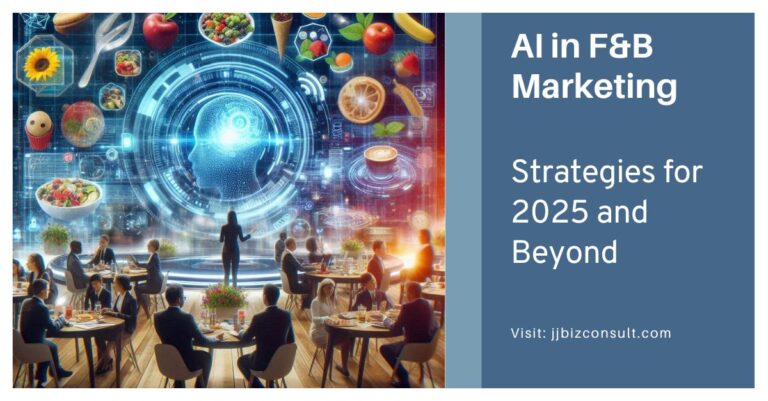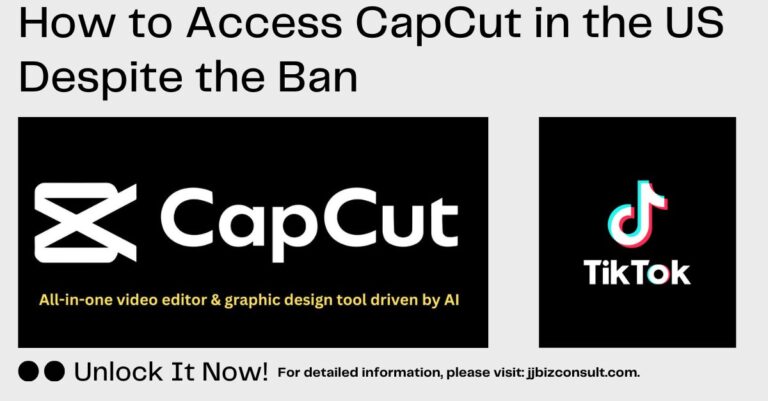
Starbucks Brand Identity: A Lost Identity and the Road to Recovery
Starbucks Brand Identity: Starbucks, once a global coffee icon, has faced challenges in recent years, leading to a loss of identity and a decline in customer satisfaction. The company’s decision to replace CEO Laxman Narasimhan with former Chipotle savior Brian Niccol reflects a strategic shift aimed at revitalizing the brand.
Starbucks Brand Identity: The Erosion of Brand Identity
Several factors have contributed to Starbucks’ loss of identity:
- Over-Expansion: Aggressive expansion into new markets and product offerings has diluted the brand’s core values and customer experience.
- Digital Disruption: The rise of third-wave coffee shops and digital platforms has challenged Starbucks’ traditional model.
- Customer Complaints: Issues such as inconsistent quality, long wait times, and a perceived lack of personalization have eroded customer loyalty.
The Role of Leadership
The leadership change at Starbucks signifies a recognition of the need for a fresh perspective and strategic direction. Brian Niccol, with his proven track record at Chipotle, brings a wealth of experience in revitalizing struggling brands.
Niccol’s appointment is a strategic move to address the challenges facing Starbucks and restore its brand identity. His focus on innovation, customer experience, and operational excellence aligns with the company’s need to adapt to changing consumer preferences and market dynamics.
Starbucks Brand Identity: The Path to Recovery

To regain its lost identity and regain customer trust, Starbucks must prioritize several key areas:
- Customer Experience: Enhance the in-store experience by focusing on personalized service, comfortable seating, and a welcoming atmosphere.
- Product Innovation: Introduce new and exciting products that cater to evolving consumer tastes and preferences.
- Digital Transformation: Embrace digital technologies to improve customer engagement, loyalty programs, and mobile ordering.
- Ethical Sourcing and Sustainability: Reinforce its commitment to ethical sourcing and sustainability initiatives to appeal to socially conscious consumers.
By addressing these areas, Starbucks can reclaim its position as a leading coffee brand and regain the trust and loyalty of its customers.
The future of Starbucks will depend on its ability to successfully navigate these challenges and embrace a new era of innovation and customer-centricity.
Other Companies that have suffered similar set backs.
Many companies have faced significant setbacks but managed to recover through strategic changes and innovation. Here are a few notable examples:
1. Apple
- Setback: In the late 1990s, Apple was struggling with declining sales and a lack of innovation.
- Recovery: The return of Steve Jobs in 1997 marked a turning point. Jobs introduced the iMac, iPod, iPhone, and iPad, which revolutionized the tech industry. Apple’s focus on design, user experience, and a robust ecosystem helped it become one of the most valuable companies in the world.
2. Lego
- Setback: In 2004, Lego was on the verge of bankruptcy due to over-expansion and a lack of focus on its core products.
- Recovery: Jorgen Vig Knudstorp, the first non-family CEO, refocused the company on its core products and introduced licensed sets with popular franchises like Star Wars and Harry Potter. This strategy revitalized the brand and led to significant growth.
3. Netflix
- Setback: In 2011, Netflix faced backlash after announcing a price hike and an ill-fated plan to split its DVD and streaming services.
- Recovery: Netflix quickly reversed its decision and focused on expanding its streaming library and producing original content. This pivot helped Netflix become a dominant player in the entertainment industry.
4. General Motors (GM)
- Setback: GM filed for bankruptcy in 2009 during the global financial crisis.
- Recovery: The company received a government bailout and restructured its operations. GM focused on producing more fuel-efficient vehicles and investing in electric and autonomous vehicle technology, which helped it regain stability.
5. Kodak
- Setback: Kodak struggled with the transition from film to digital photography and filed for bankruptcy in 2012.
- Recovery: Kodak has since shifted its focus to digital printing and imaging technology. While it hasn’t regained its former dominance, it has found a niche in the commercial printing industry.
6. Hostess Brands
- Setback: Hostess filed for bankruptcy in 2012 due to financial difficulties and labor disputes.
- Recovery: The company was bought by private equity firms, which streamlined operations and reintroduced popular products like Twinkies. Hostess successfully returned to the market and regained profitability.
These examples show that companies can recover from setbacks by embracing innovation, refocusing on core strengths, and adapting to changing market conditions. However, not all companies manage to bounce back. Some, like Blockbuster, failed to adapt to new technologies and consumer preferences, leading to their decline.
Dutch Bros: Brewing Success in the Coffee Industry
Earlier in 2022, Starbucks Names its New CEO





